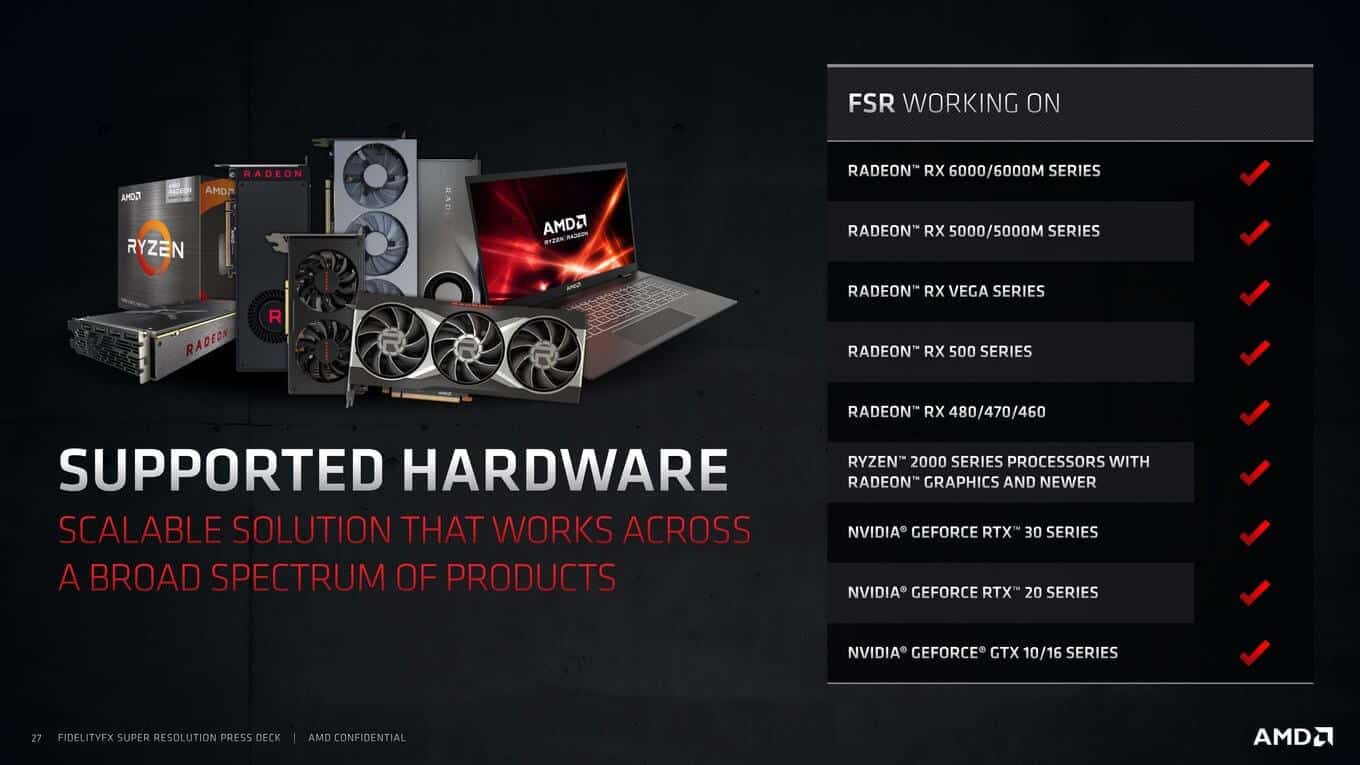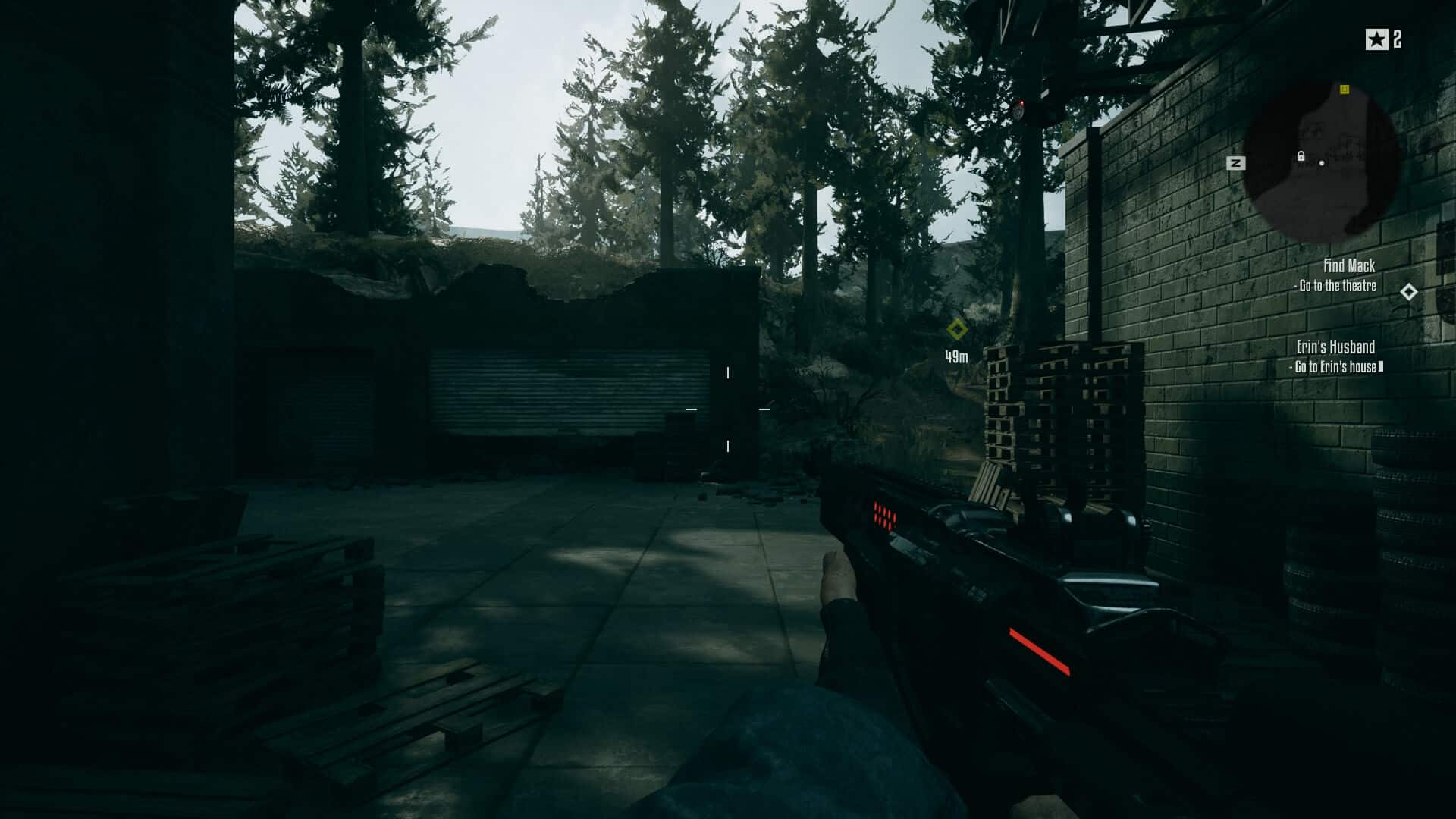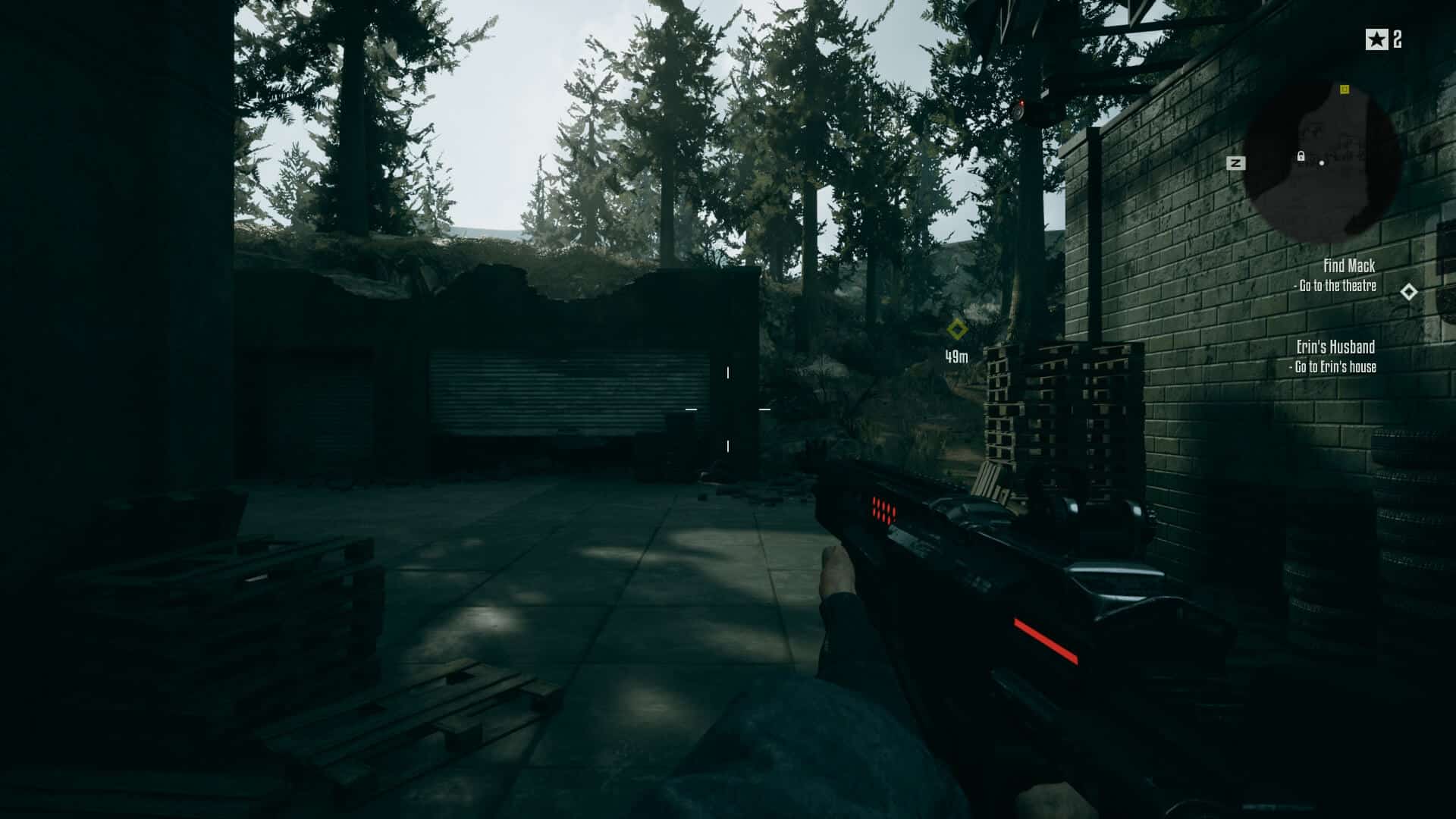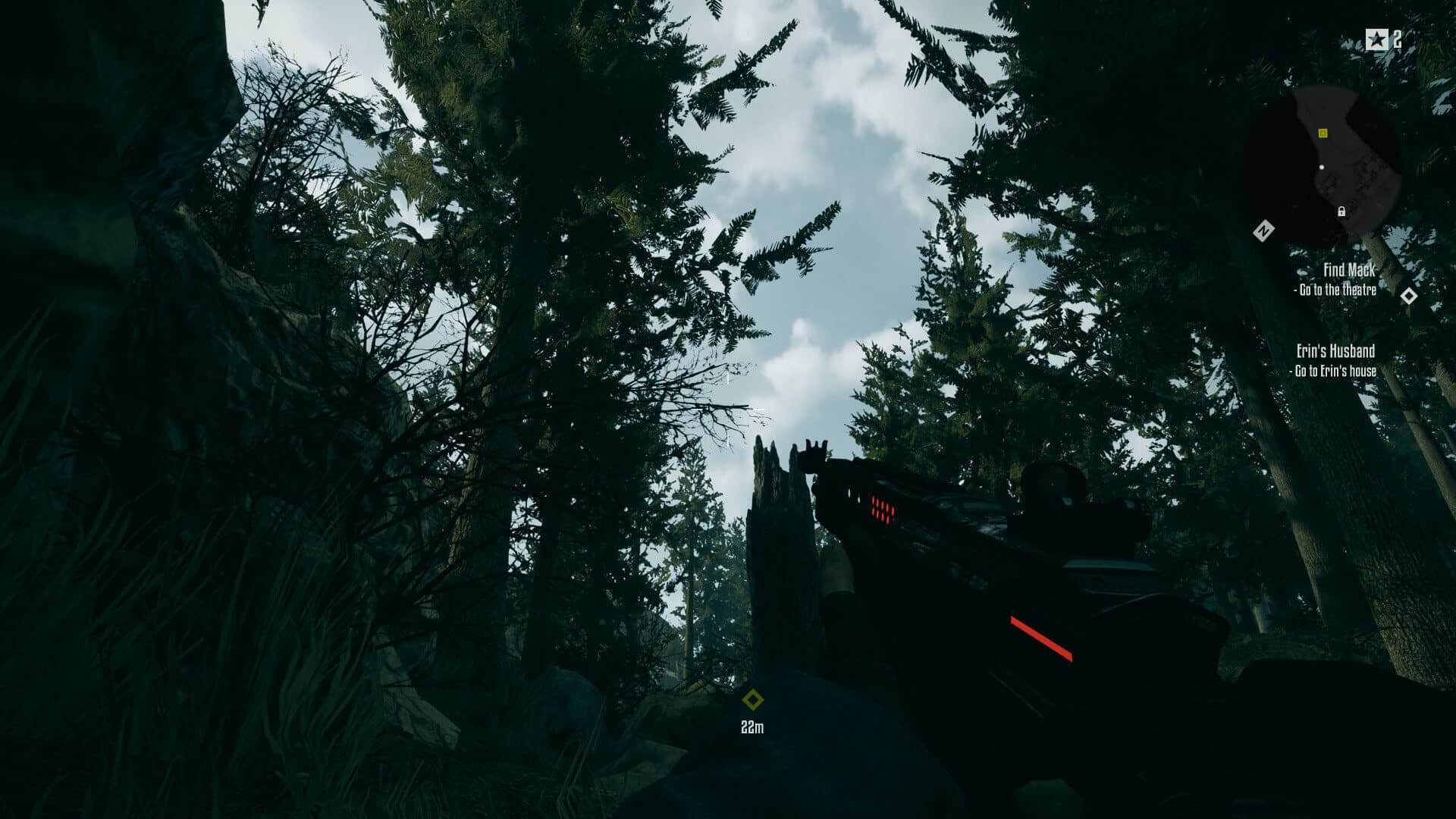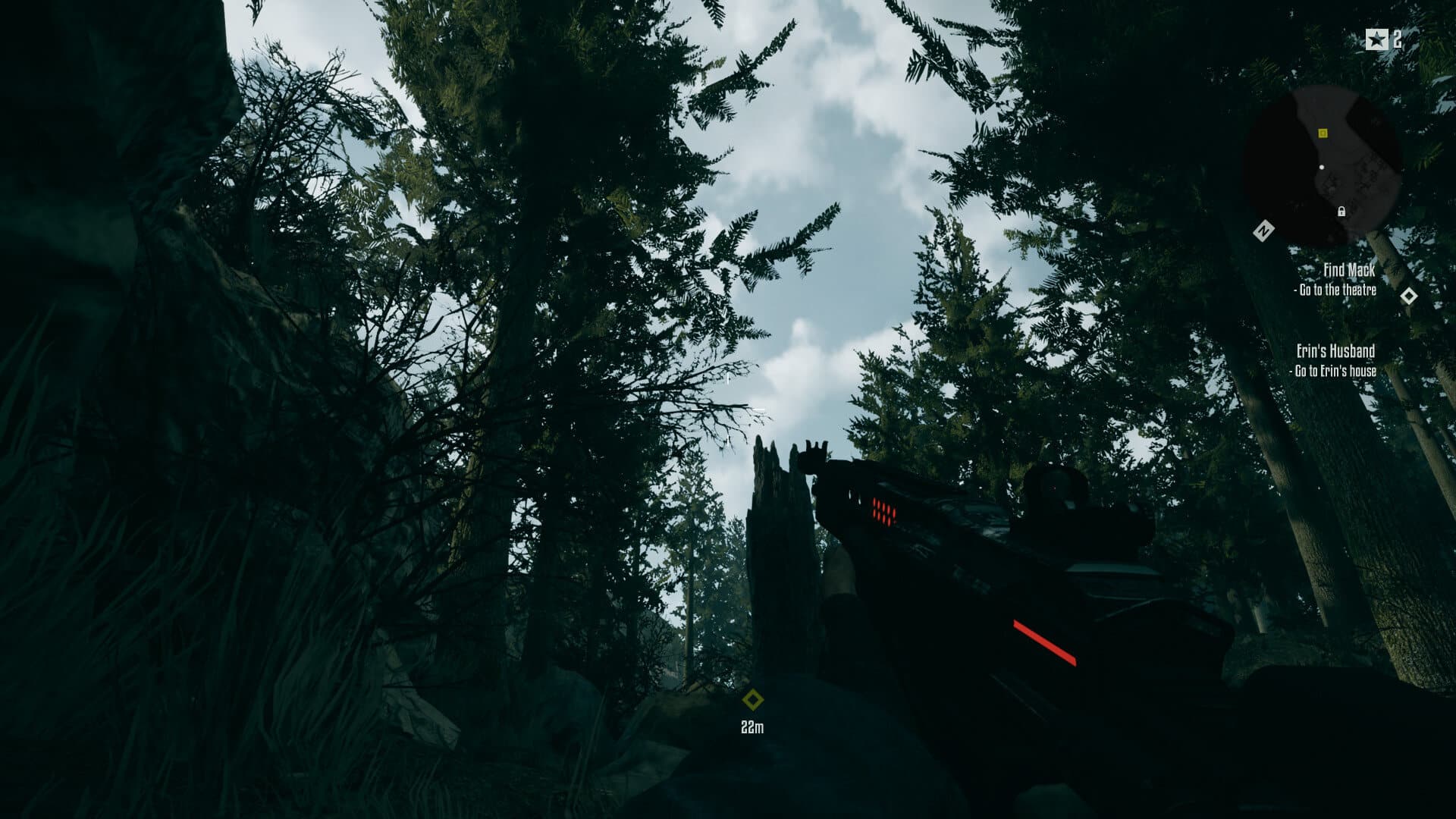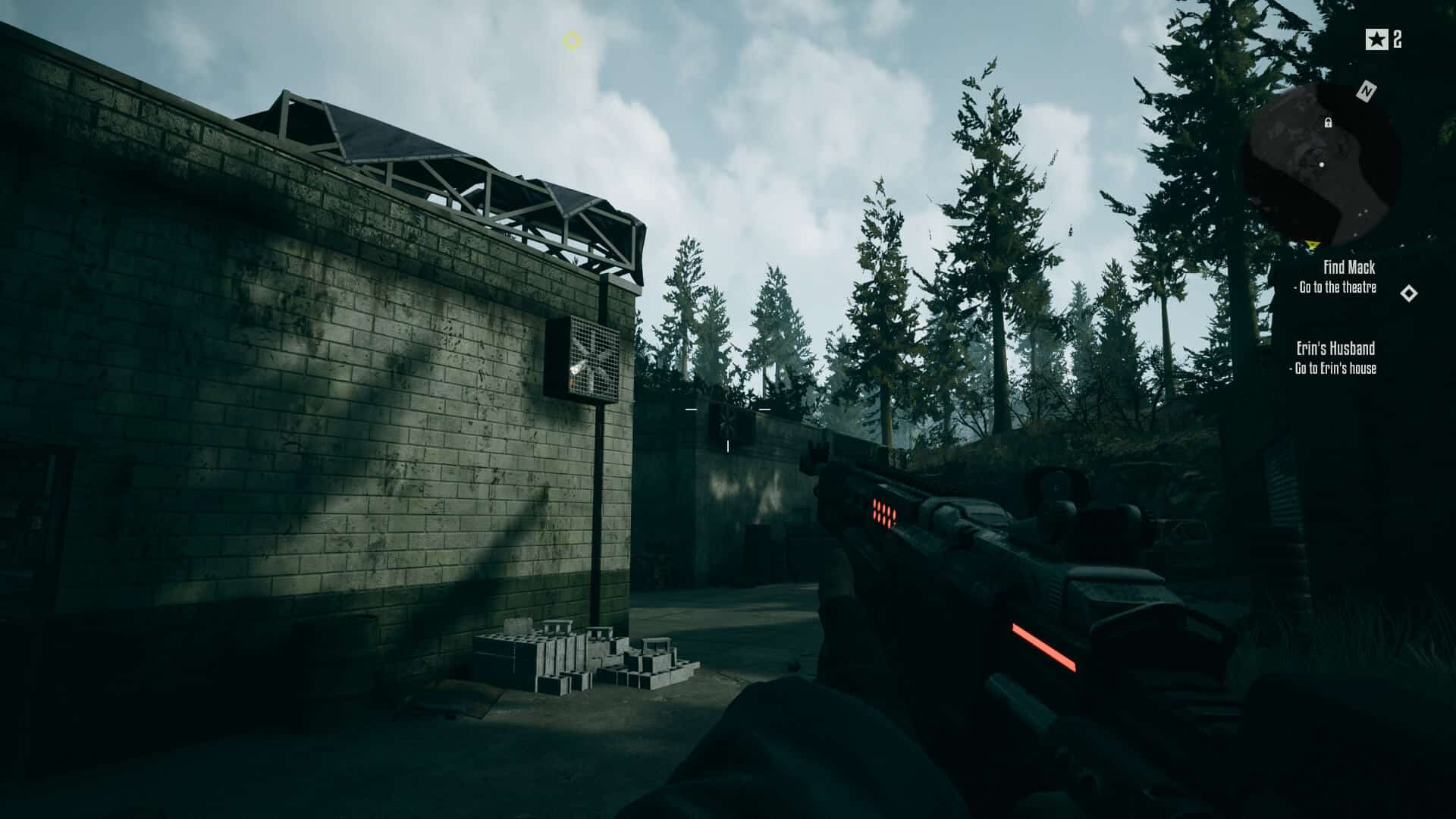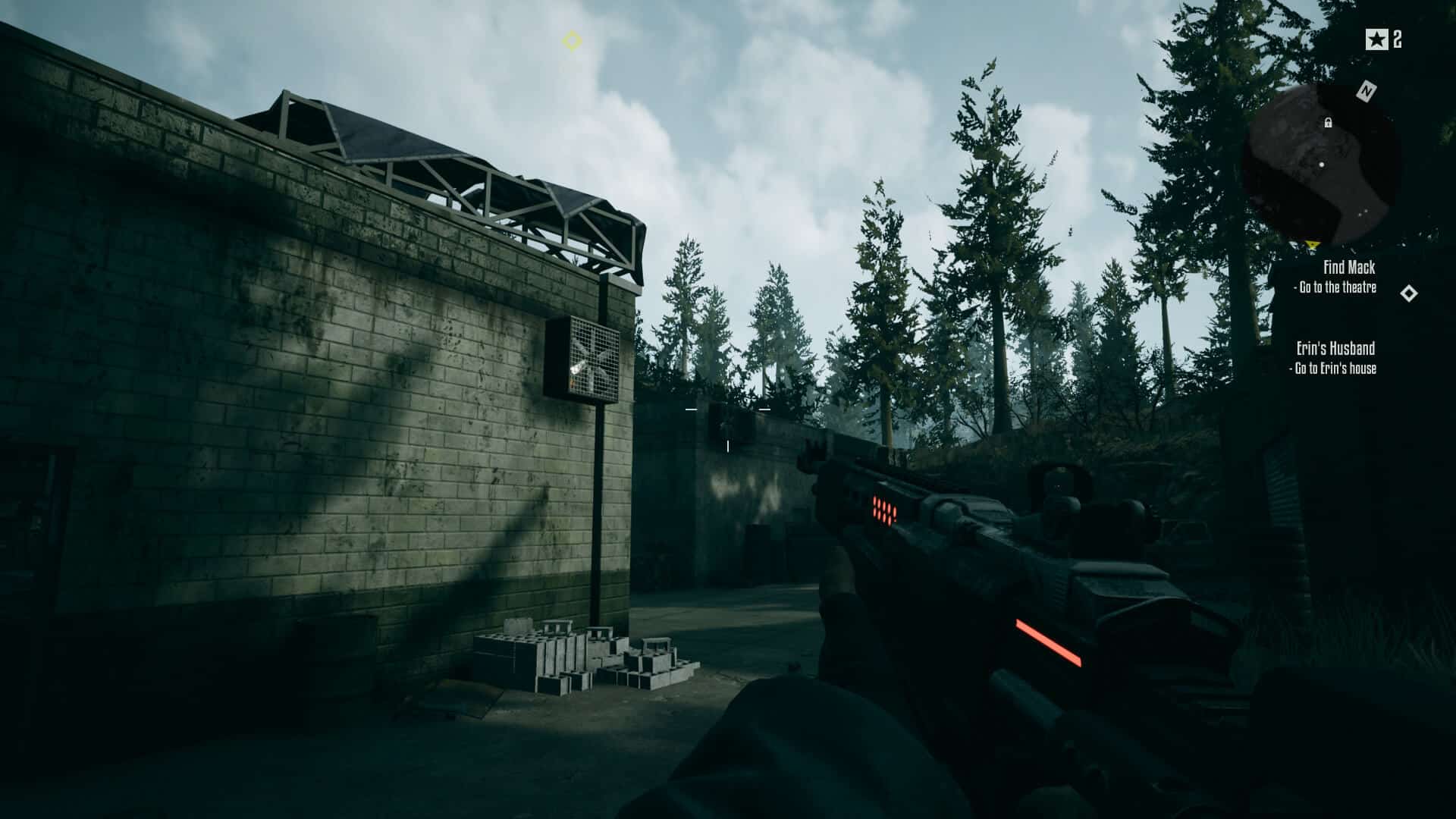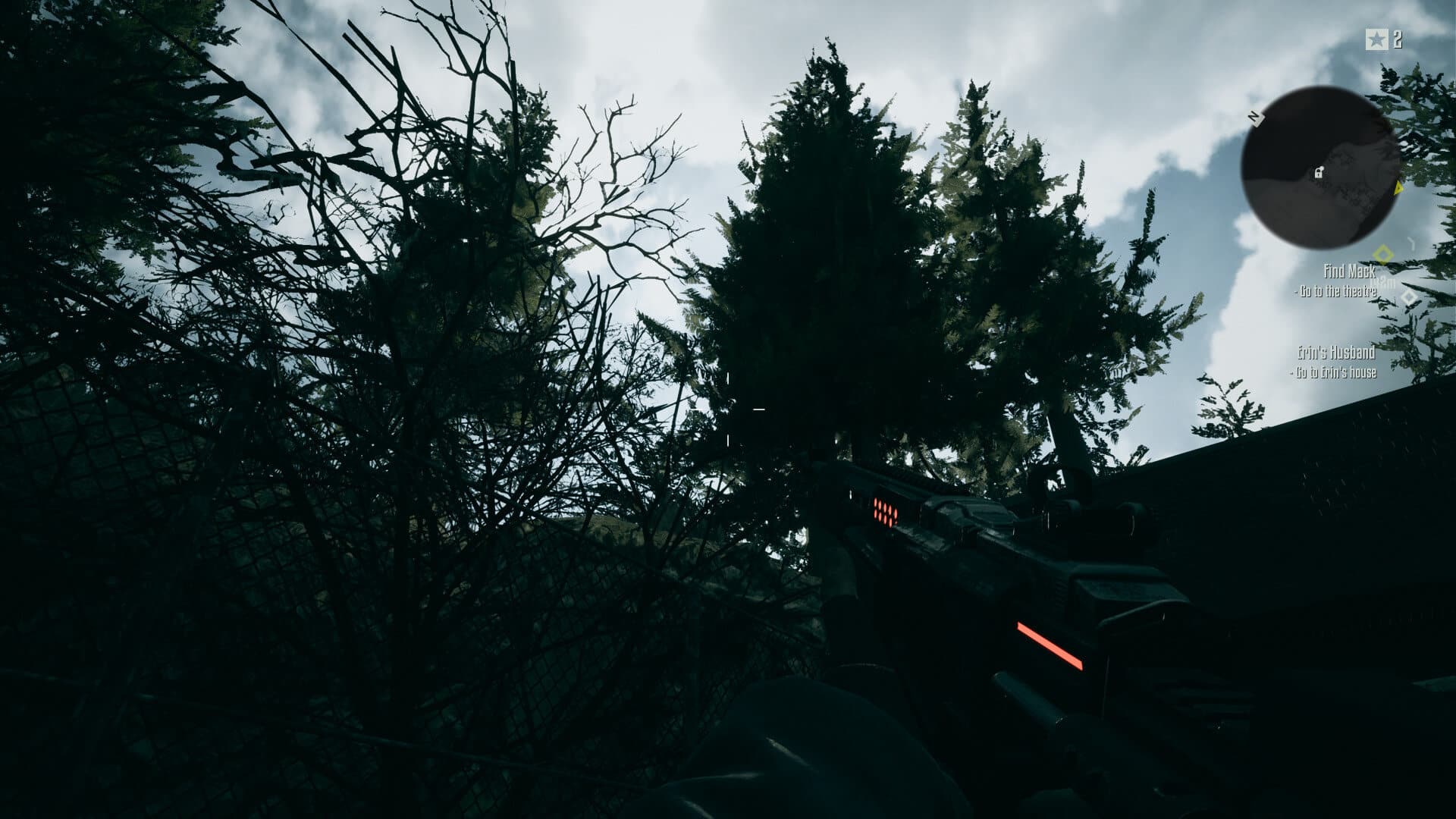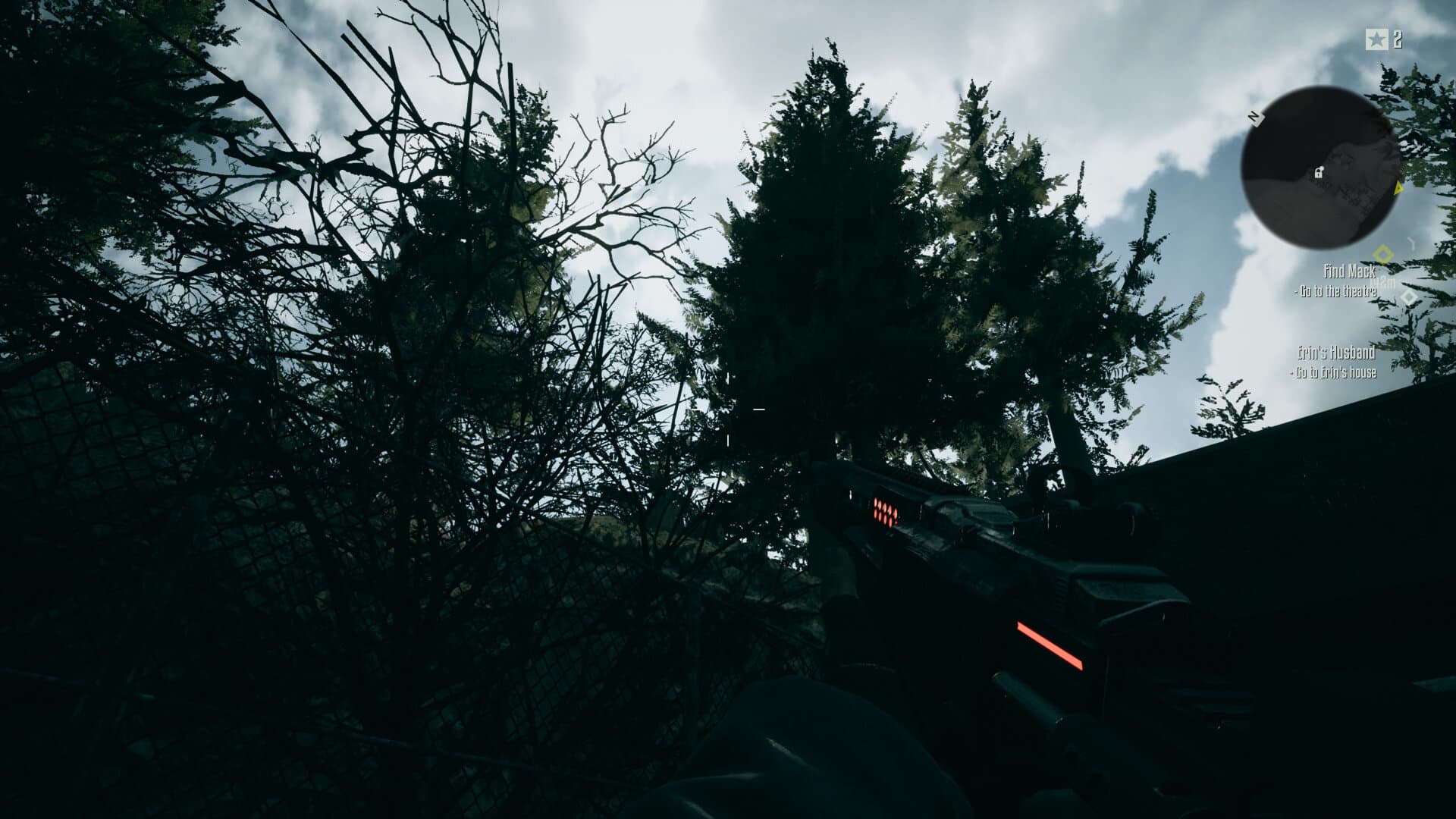AMD’s FidelityFX Super Resolution upscaling technology is based on Lanczos, one of the more advanced spatial upsampling filters. This is evident from AMD’s documentation where it’s mentioned that the Edge Adaptive Spatial Upscaling filter that is paired with CAS is an evolution of Lanczos. EASU uses the nearest 2×2 samples as the input while limiting the output to the minimum and maximum of the input patch to reduce ringing associated with Lanczos, but at its heart, it uses the same interpolation algorithm.
Update: Hey, sorry but I made a mistake. This is display level scaling. The captures are on a render level so you’re essentially seeing simple bilinear with sharpening. Need a capture card to demonstrate this. Will update soon.
In this post, we have a look at NVIDIA’s Lanczos implementation found in the GeForce control panel which (similar to FSR) also comes with a sharpening filter, and can be used in just about any game. For our comparison, we’ll use Terminator: Resistance. The same internal resolution will be used for the Lanczos upsampling examples as FSR Quality, and the two will be compared side-by-side. In case you haven’t checked it out already, a while back we compared FSR to the standard bilinear filter found in most games. We paired it with CAS to make it a fair analysis and got some interesting results.
AMD FSR Quality vs Lanczos Upscaling
On the surface, as seen with the comparison bilinear interpolation, it’s the CAS filter that really makes the difference. FSR looks sharper than Lanczos but other than that, there’s no substantial difference between the two.
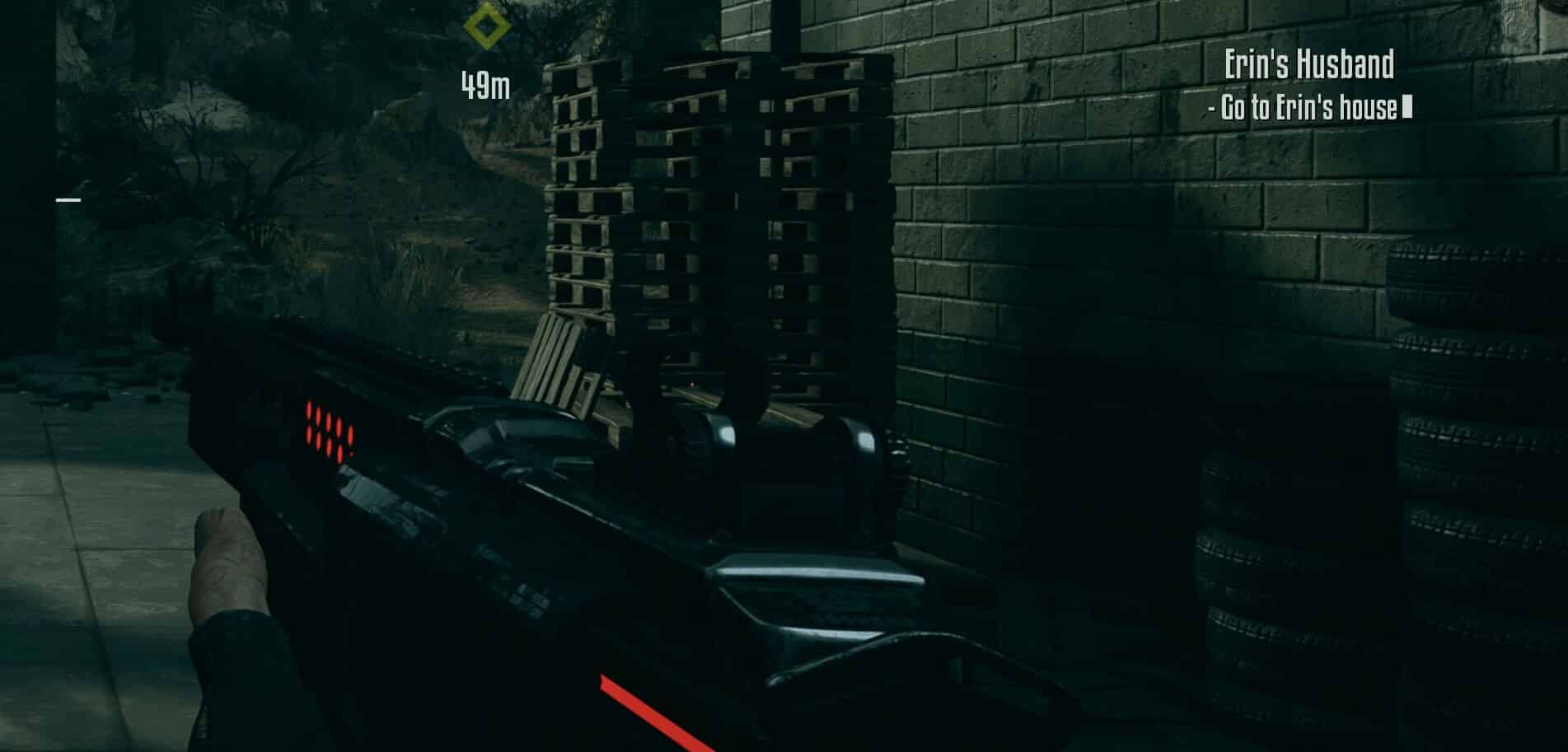
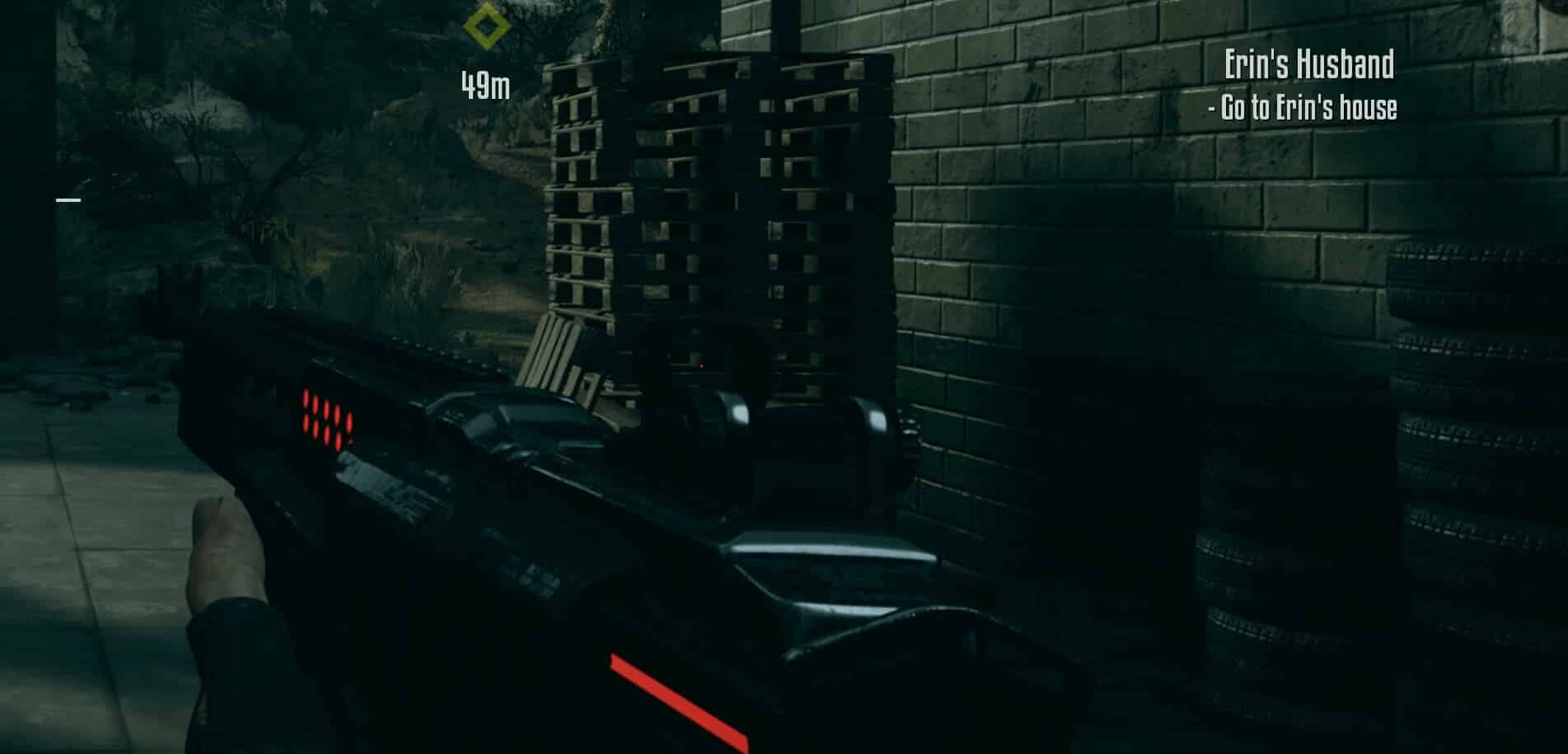
Let’s have a look at vegetation and other smaller object meshes that are usually lost while upscaling an image:
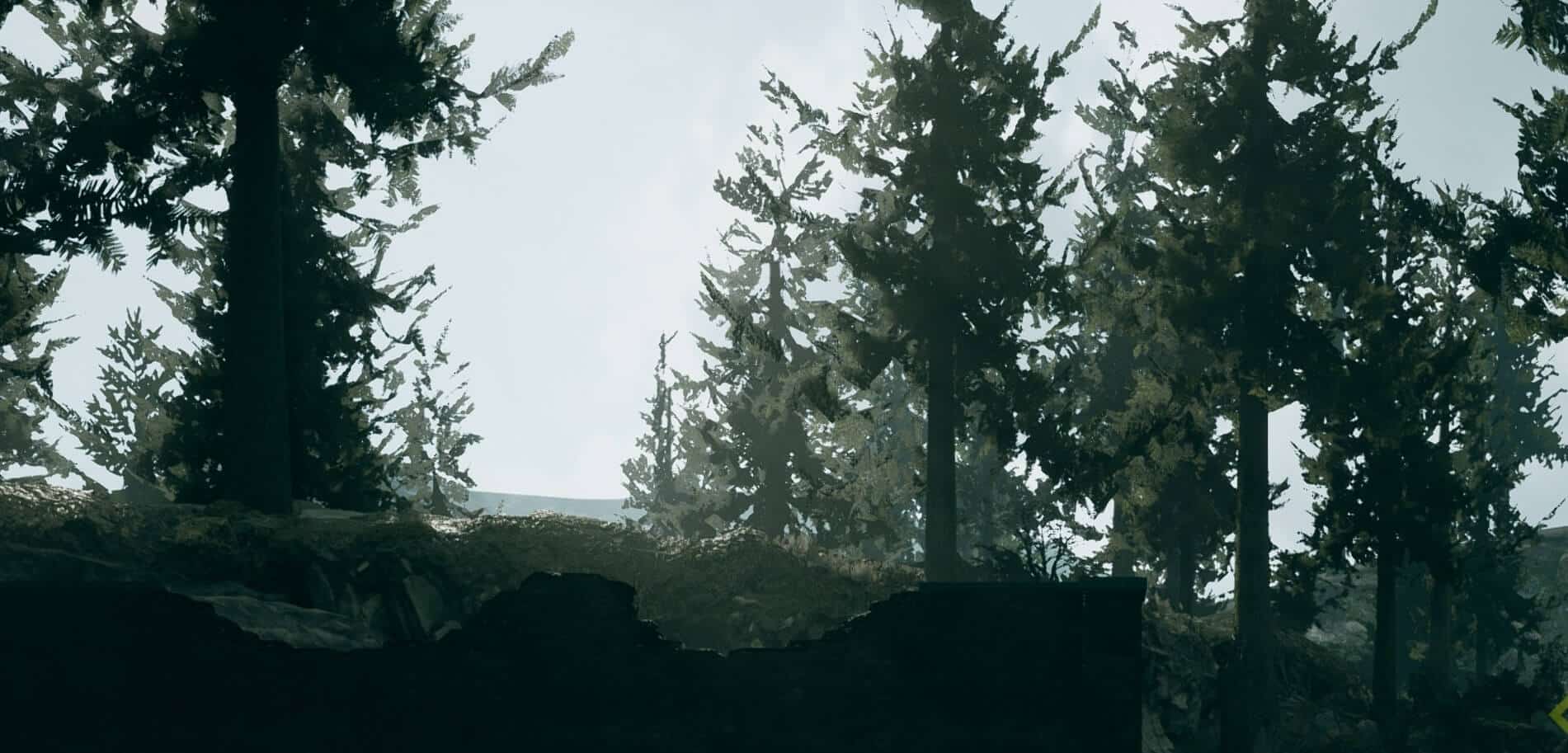
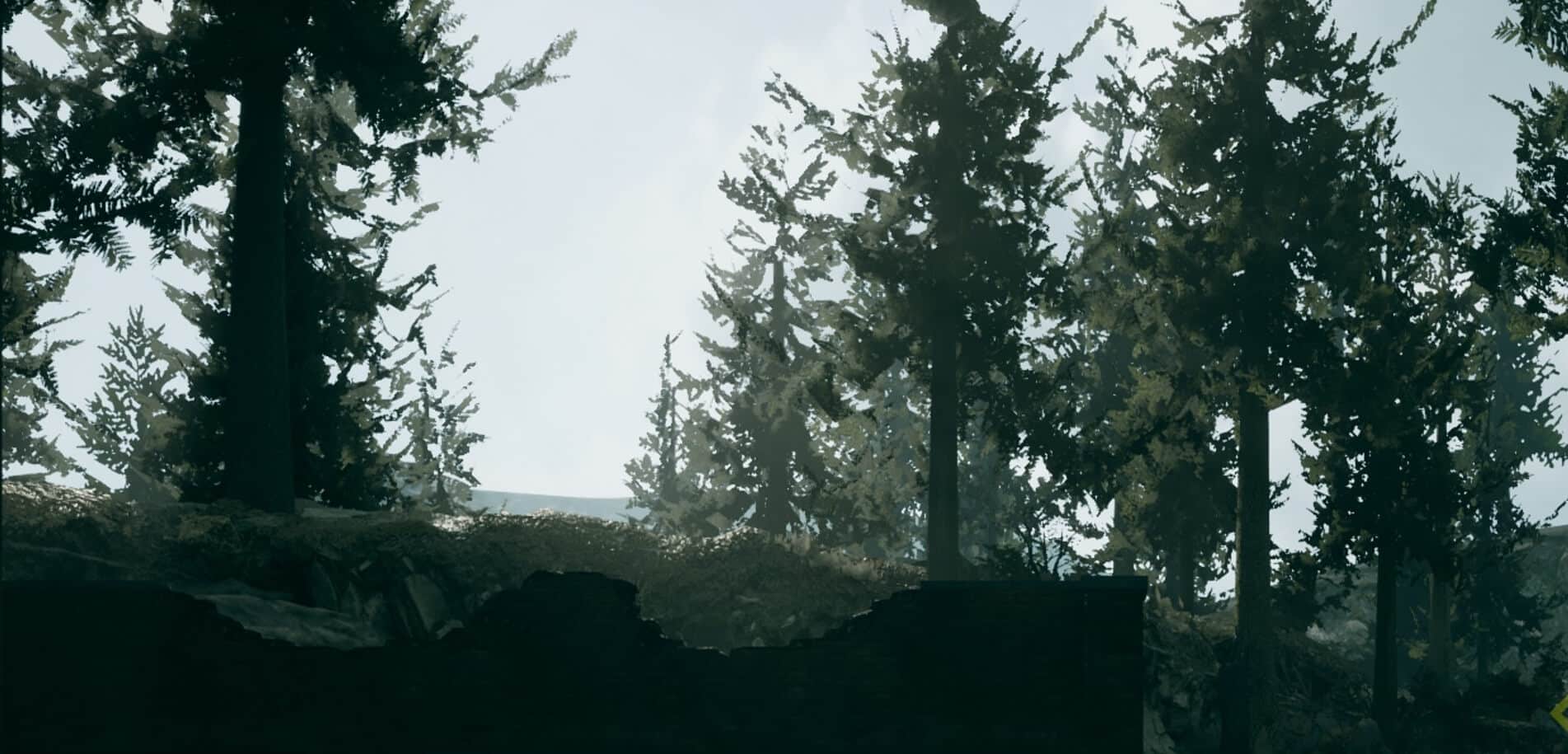
We did a similar comparison with Bilinear and found a substantial amount of aliasing compared to FSR, but in this case, Lanczos looks almost identical to FSR. The latter does look a bit smoother due to better anti-aliasing, but Lanczos is a smidge better at retaining the tiny details which are lost on the other side, either due to the excessive sharpening or the lower input sample count.


The same can be seen below. FSR is sharper, with better anti-aliasing, but Lanczos retains slightly more detail in the case of the exhaust grill.
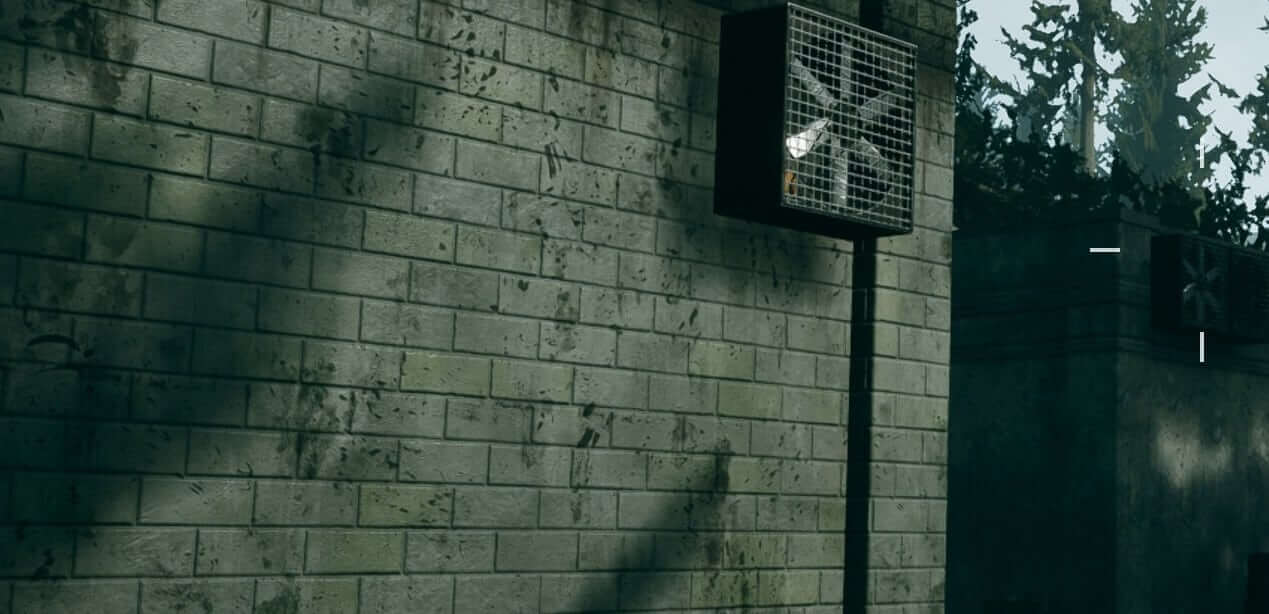
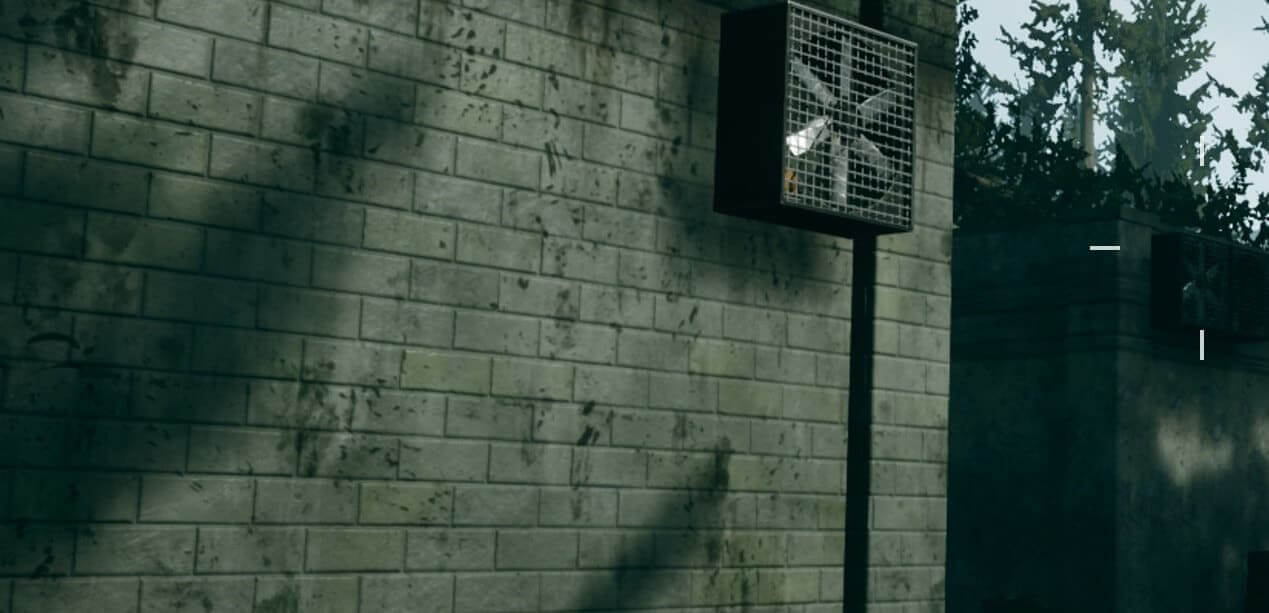
It’s rather remarkable how much of an impact can a simpler sharpening shader have on the end result. Either way, FSR does lose some of the finer details, especially in the case of tree/bush branches and twigs. Lanczos is smoother and better at retaining fine lines, albeit with a fair bit of aliasing.


You can open each side in the above comparisons in another window for an even closer look at the upscaling quality.
Here are the original screenshots:
